- Matching (Score)
- Our verdict
- Competing TVs
- TV appearance
- Where to buy
- Contrast and black detail
- HDR effect quality
- Factory color reproduction
- Color reproduction after calibration
- Smoothness of tonal transitions
- Image scaling and smoothness of tonal transitions
- Blur and motion smoothness
- Console compatibility and gaming features
- Input lag
- Compatibility with PC
- Viewing angles
- Daytime performance
- TV features
- Apps
- Playing files from USB
- Sound
- Panel details
LG OLED C5 Review
C54 / C5ELB / C51
Available screen sizes:

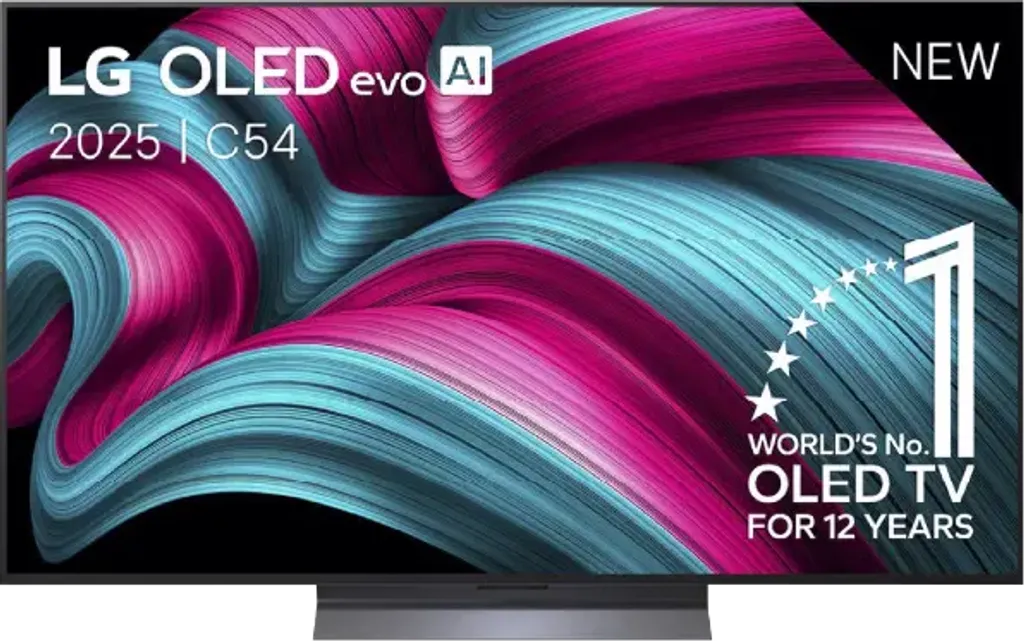
Complete the survey to find out the result
Panel type: WRGB OLED Refresh rate: 144Hz Brand: LG Resolution: 3840x2160 System: WebOS Model year: 2025
Last year's LG C4 was one of the most cost-effective OLED TVs on the market – offering excellent picture quality, support for gamers, and a reasonable price given its very high capabilities. This year, LG decided not to experiment too much and released the C5 model as a natural successor. Does the new version actually bring anything more, or is it just a slight facelift of the formula we know? We examine this in our test!
LG C5 - Our verdict
8.2
Overall rating
LG C5 is a very successful continuation, and in several aspects, even a step forward compared to last year's model C4. The biggest change is the noticeably higher brightness – for the first time in the history of the C series, the barrier of 1000 nits has been surpassed, which significantly improves the quality of the HDR effect. Both movies and shows look more dynamic because of this, and bright scenes finally have the appropriate “shine.” After calibration, the image quality is almost reference-level, and one might feel like we are dealing with equipment much more expensive than its price suggests. C5 is also one of the best choices for gamers – four full HDMI 2.1 ports, low input lag, support for VRR, G-Sync, and properly implemented HGiG. Additionally, the 144 Hz panel makes not only gaming but also watching sports a pure pleasure. The convenient WebOS system and Magic remote with cursor control function deserve praise as well – everything works smoothly and intuitively. This is a TV that you simply want to use.
However, there are a few minor reservations. This year, LG decided to drop support for DTS codecs, which may be problematic for those using physical media and Blu-ray movie collections. It's also worth noting the confusion surrounding different versions of the remote – depending on the model designation, we may receive a completely different remote than the one we held during our tests. Despite these few remarks, LG C5 is a TV that impresses in almost every aspect. Brightness, colors, gaming features, image fluidity, and overall build quality make it one of the best OLEDs in its class.
Advantages
Great black and infinite contrast thanks to the OLED panel
Above-average brightness (for an OLED TV)
Almost reference image quality after calibration
Full package of features for gamers: 4x HDMI 2.1, low input lag, HGiG, VRR, and more
Very good image fluidity – 144 Hz OLED panel
Intuitive and modern WebOS system
Convenient control with the Magic remote with gyroscope
Disadvantages
Different versions of the remote in derivative models – it's hard to predict which version we will get
Average reflection damping – this can be distracting in very bright light
No support for DTS:X – an external amplifier is required for full support of this format
Movies and series in UHD quality
8.5
Classic TV, YouTube
8.9
Sports broadcasts (TV and apps)
8.6
Gaming on console
9.4
TV as a computer monitor
8.6
Watching in bright light
6.2
Utility functions
7.9
Apps
9.1
Sound quality
7.2
Complete the survey to find out what fits your preferences
LG C5 - Competing TVs in this price range
LG C5 - TV appearance
HDMI inputs: 0 x HDMI 2.0, 4 x HDMI 2.1 (48Gbps) Other inputs: IR (remote) Outputs: Toslink (Optical audio), eARC (HDMI), ARC (HDMI) Network Interfaces: Wi-Fi 2.4GHz, Wi-Fi 5GHz, Ethernet (LAN) 100Mbps
Build quality: Premium
Stand type: Central
Bezel color: Graphite
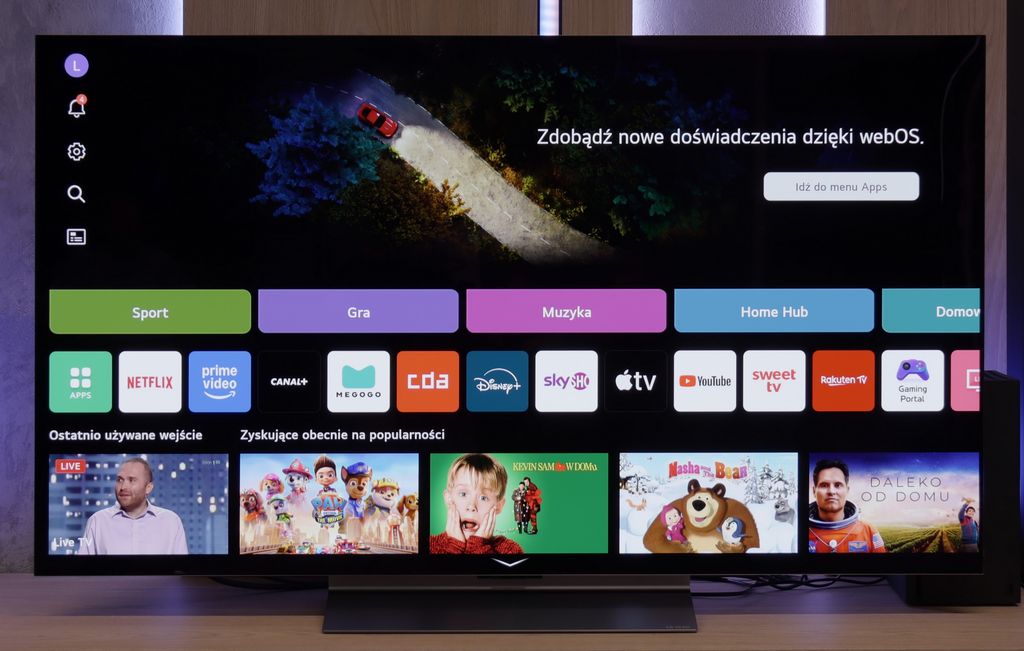
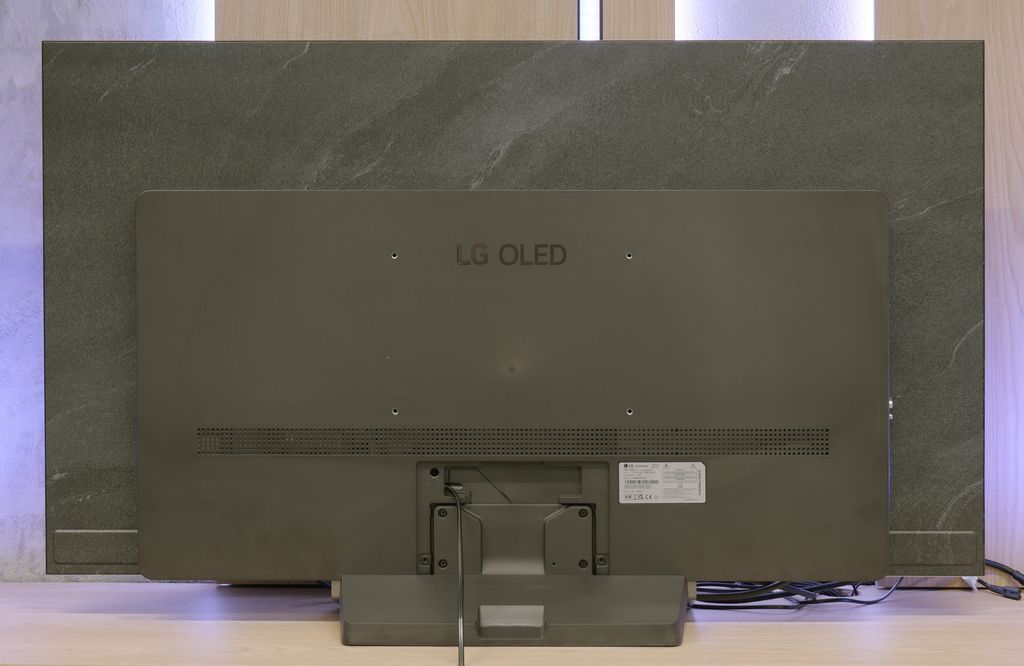
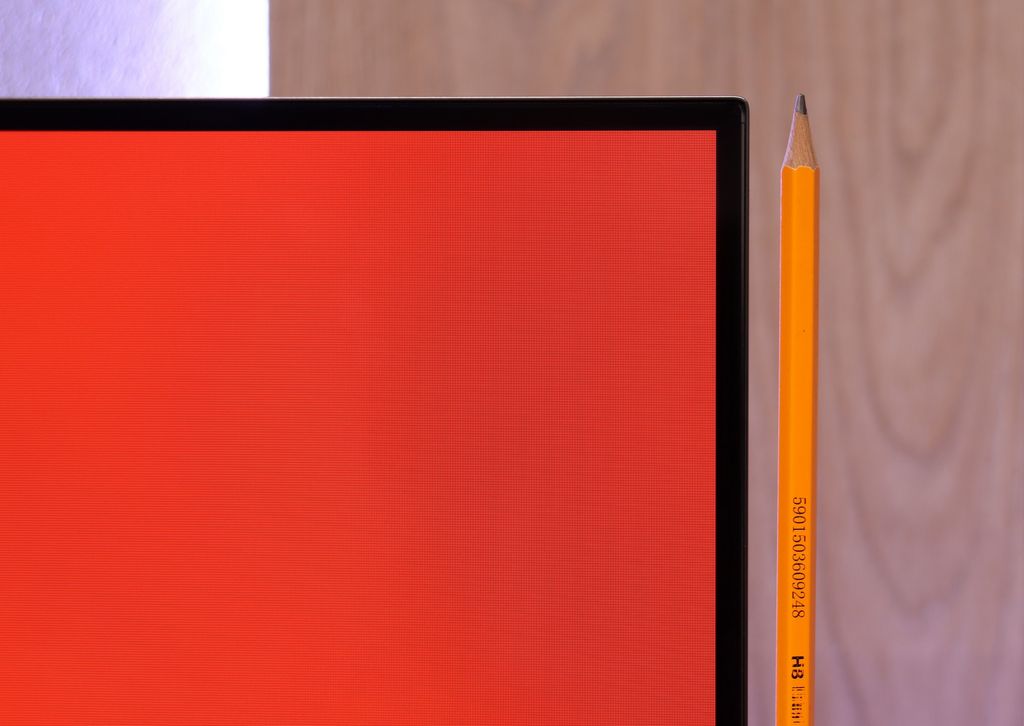
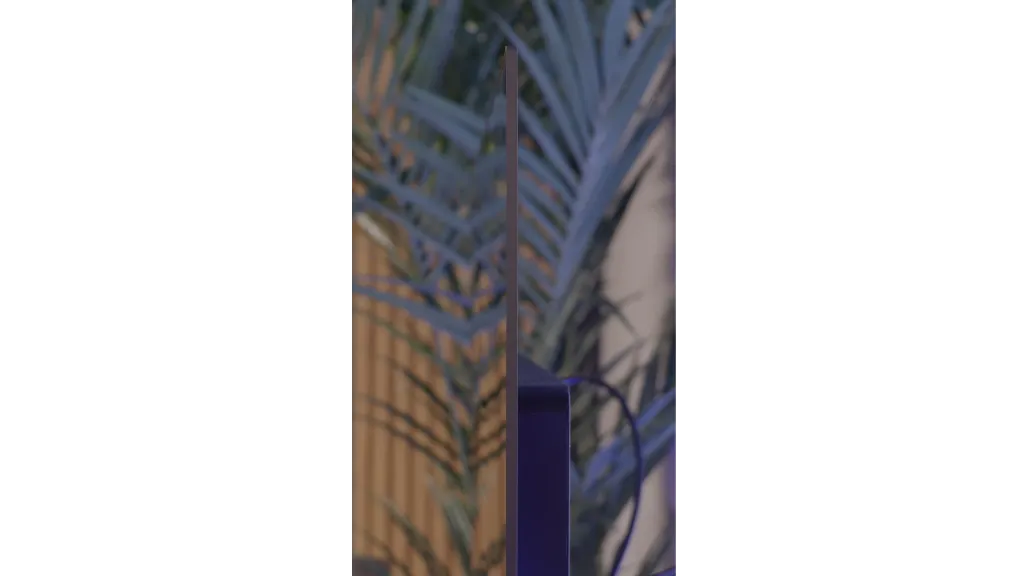
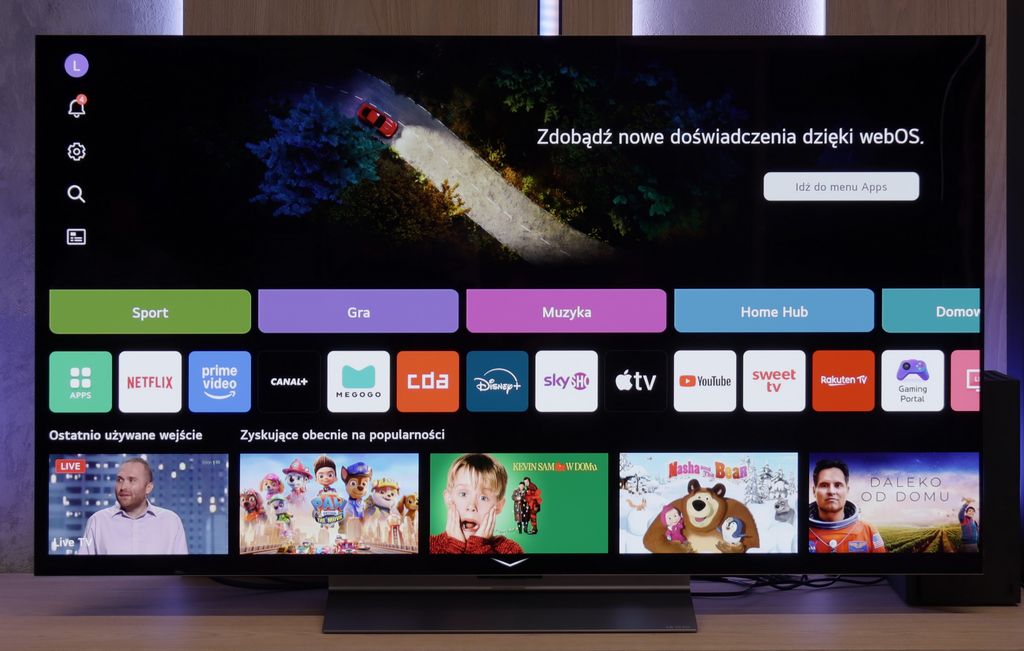
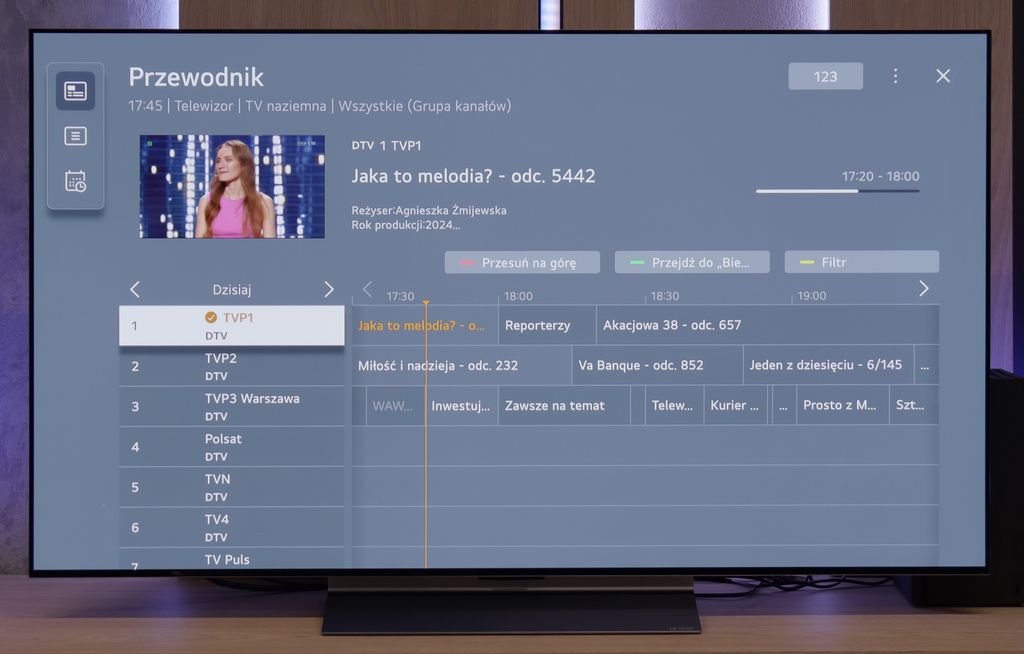
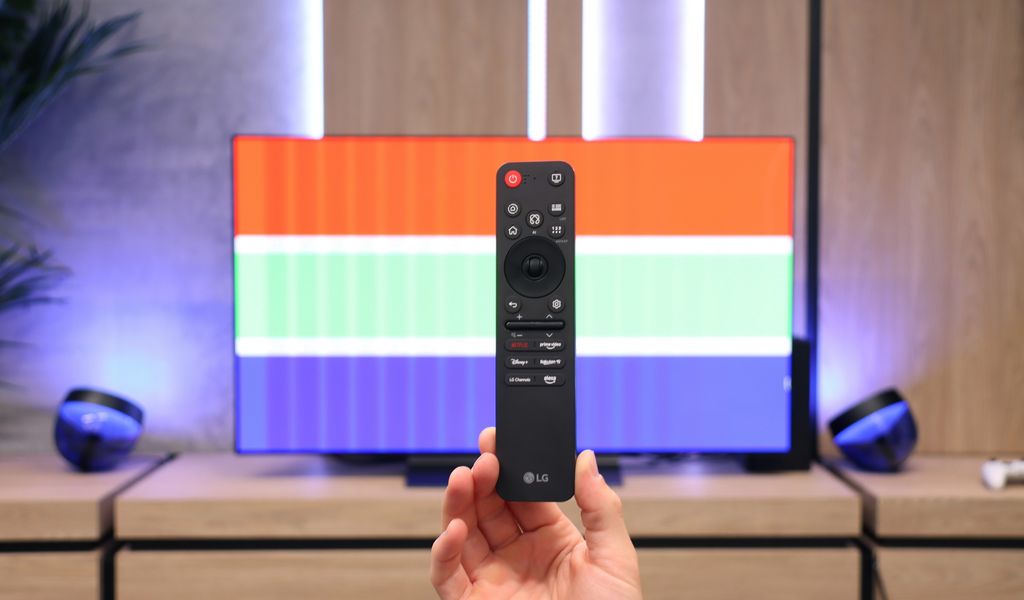
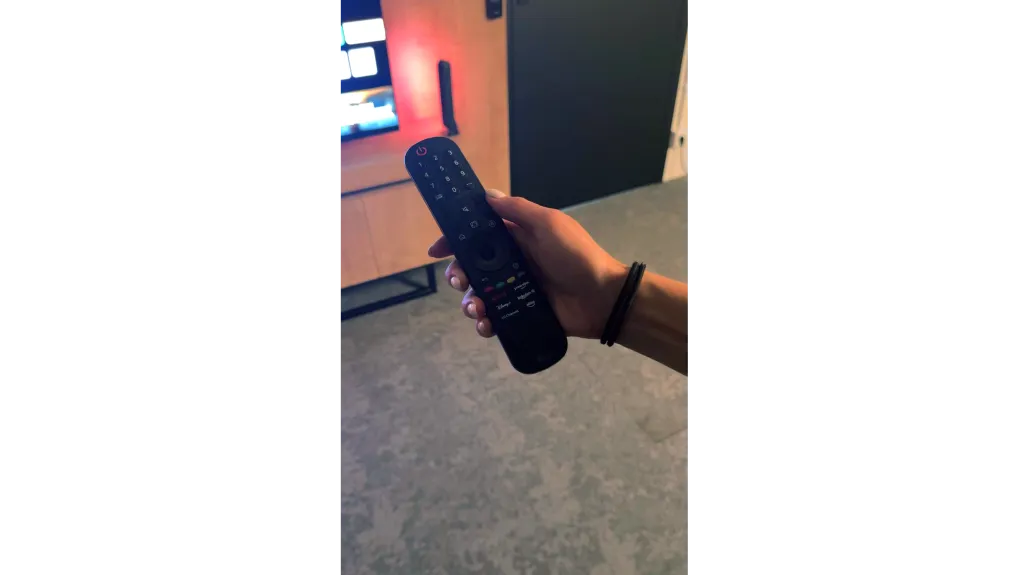
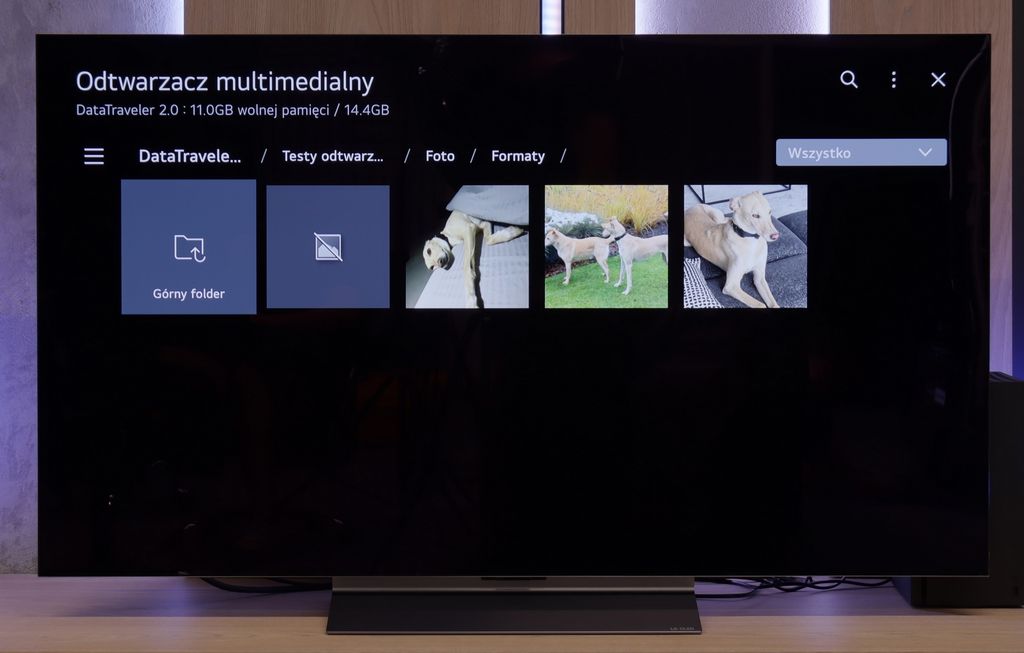
Stand: Fixed
Flat design: No
Accessories: Stand
At first glance, the LG C5 looks almost identical to its predecessor, the C4 model. But is that a drawback? On the contrary. The C5 – like last year's version – gives the impression of a premium-class device. The screen is surrounded by a slim bezel, and the whole thing resembles a sheet of floating glass, especially when viewed from the side. The manufacturer includes a solidly made, centrally placed metal stand. Its construction not only looks aesthetic, but has also been cleverly designed: at the back, we find discreet channels for cables, which help maintain order. The back of the television may surprise you. It resembles marble, although in reality it is just a well-designed imitation that, according to the manufacturer, dissipates heat better than a classic plastic/aluminum casing. This detail will be appreciated especially by those who do not plan to mount the TV on the wall. Speaking of which, the LG C5, like most classic OLED televisions, does not fit perfectly against the wall when hung. A slight gap from the wall is natural in this case, so for such a television, it's worth choosing a very slim mount.
Buy at the best price
Select size:
LG C5 - Contrast and black detail
10/10

Result
∞:1

Result
∞:1

Result
∞:1

Result
∞:1

Result
∞:1
Visibility of details in the lights:
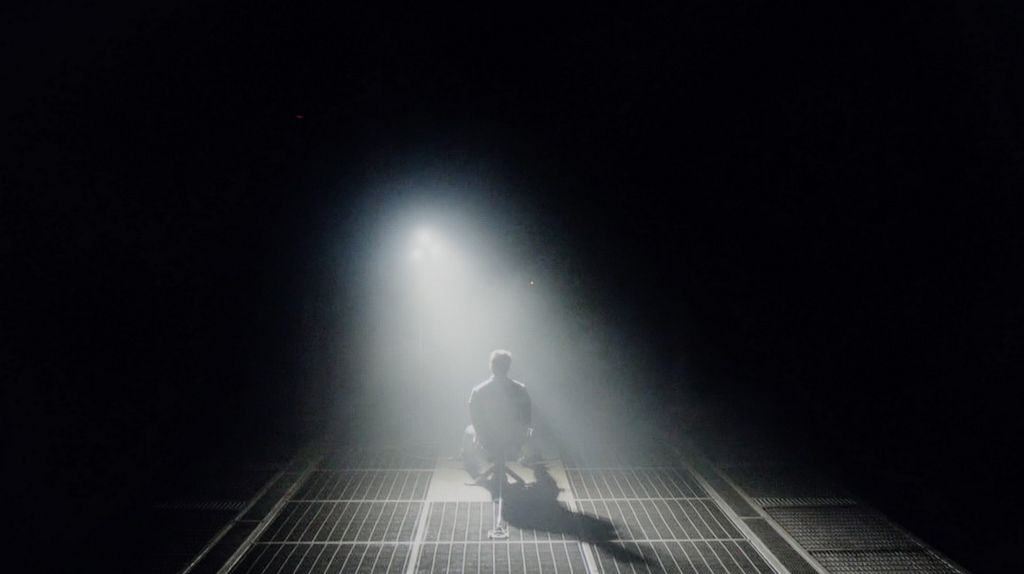
In the category of black and contrast, the LG C5 fits into what we have come to expect from OLED TVs – it is simply perfect. Thanks to the use of an organic matrix (WOLED), each pixel shines independently, resulting in infinite contrast and perfect black. There are no halos, streaks, or other typical artifacts found in LCD TVs. Details in bright parts of the image are perfectly visible, and watching in the dark is pure pleasure. If someone is looking for a TV for evening viewings with great contrast – the C5 is a very strong candidate.
Halo effect and black detail visibility:
LG C5 - HDR effect quality
7.2/10
Supported formats: HDR10, Dolby Vision, Dolby Vision IQ, HLG Color gamut coverage: DCI P3: 97.0%, Bt.2020: 73.0%
Luminance measurements in HDR:

Result
1079 nit

Result
1059 nit

Result
1120 nit

Result
1094 nit

Result
707 nit
LG C5 finally does what we have been waiting for years in the C series – it exceeds 1000 nits of brightness! This is a significant change compared to previous models in the series and also very important – because this is exactly the level of luminance around which most HDR content is now created on streaming platforms. The image finally has the right “glow,” and details in bright areas look as they should even without the use of dynamic metadata. However, there are scenes where the C5, like most OLED televisions, has some issues. Especially when the screen needs to illuminate fully. In our test sequences, such as the bright scene from the movie The Meg, brightness clearly decreases. Don’t get us wrong, this result isn’t bad; it’s more of a reminder that OLED technology still has its limitations. They are getting smaller year by year, but still.
Now, what about the colors? They are very good. Although the C5 does not match the OLEDs with QD-OLED or Tandem RGB panels, the DCI-P3 coverage at 97% and 73% BT.2020 will satisfy even the most demanding viewers. The colors are saturated, natural, and very consistent in HDR materials.
Scene from the movie “Pan” (about 2800 nits)

Scene from the movie “Billy Lynn” (about 1100 nits)

We decided to go beyond just test patterns and measurements to see how the LG C5 performs in the real world – that is, during a regular movie screening. And this is where we particularly appreciate the breaking of the 1000 nit barrier. Why is this so important? Because in series and movies filmed with reference 1000 nits in mind – like Billy Lynn – the LG C5 can render the image with remarkable precision. Despite slight differences in color, it looks almost identical to what you would see on professional monitors. You can feel the creators' intent here, not the interpretation of the electronics.
How does the C5 perform in the most demanding productions where every flash, every explosion, and every ray of sunshine counts? Really well, although we noticed a certain difference compared to last year's C4 model. In films like Man, where extremely bright details appear – e.g., the sun on a full screen, the television sometimes noticeably dims them. This is typical behavior for WOLED panels and there's nothing shocking about it, but it's more apparent than it was a year ago. Why? Out of curiosity, we turned on the dynamic tone mapping feature, which handled this problem surprisingly well in last year's C4. Unfortunately, in the C5, this feature works differently – while we do recover more details in the highlights, the entire picture becomes too bright and too flat. It loses depth and simply looks worse. For this reason, we advise against using it.
Therefore, although the picture quality in the C5 can still be described as excellent, not everything has improved. It's a shame the manufacturer didn't maintain the great implementation of dynamic tone mapping from last year – because then we would have had nearly a perfect device.
HDR luminance chart:
HDR luminance
Luminance of RGB colors
And if at some point the LG C5 were to lack brightness – don't worry, there’s no reason for concern. The TV supports most popular HDR formats, including the very popular Dolby Vision. It is this format that is responsible for adapting the image – scene by scene – to the current scenery of the movie or series. Thanks to this, we are able to achieve even better picture quality on the C5 than with classic HDR10. In our test photo with a white meadow and horses, this is evident – the version in Dolby Vision shows significantly more details and a better-preserved depth in the lighter areas of the image.
Static HDR10

Dynamic: Dolby Vision

Factory color reproduction
8.2/10
LG C5, like other TVs we tested, was checked in the best possible factory mode – which remains Filmmaker Mode. And here we have good news: in SDR materials, LG once again did a solid job. The white balance and color reproduction straight out of the box are at a very high level. Most errors – both in balance and in the color test (Colour Checker) – did not exceed a ΔE value of 3, which is the threshold above which differences become visible to the naked eye. Such factory settings are something we would like to see in many more TVs!
However, the situation is different for HDR content, which is really what the C series was created for. Here the C5 performs weaker. The excessive presence of blue in the white balance causes the image to appear noticeably cooled – which affects, for instance, unnaturally pale skin tones and somewhat shifted tonality of the entire scene. Fortunately, LG provides very precise calibration tools, and we – as always – took advantage of them.
Color reproduction after calibration
9.4/10
We must honestly admit – in the case of the LG C5, it took really very little to achieve an almost perfect picture. After calibration, we managed to achieve compliance with reference screens at a level that impresses even compared to much more expensive models. The picture after our adjustment looks exactly as filmmakers and series creators would want it – without color distortions, with natural depth and subtle texture. LG has done a great job this year regarding factory settings and calibration potential. Hats off!


LG C5 - Smoothness of tonal transitions
8.2/10
WOLED TVs have not been known for their perfect smoothness in tonal transitions until now. One could often notice subtle stripes between colors – especially in darker parts of the image – which made it seem that colors did not transition smoothly but rather "stepped" slightly. This year, LG has made significant progress. In the C5 model, this issue has largely been eliminated. Yes, in very dark scenes, one can still see subtle boundaries between colors, but they are non-intrusive enough that hardly anyone except for more demanding viewers will pay attention to them. For most users, the smoothness of tonal transitions in the C5 will simply be impeccable.








Image scaling and smoothness of tonal transitions
7.8/10
Smooth transition function
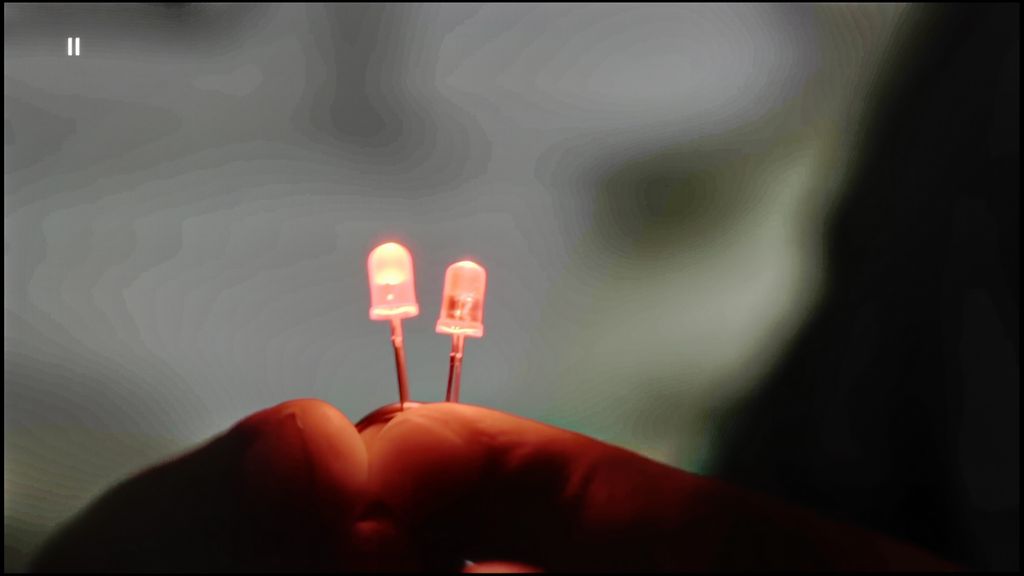
Image without overscan on the SD signal

LG C5 handles lower-quality materials really well. One of the main issues older WOLEDs faced was posterization – unwanted "steps" in color transitions. The C5 uses a system feature to smooth these transitions, which works surprisingly effectively. The banding effect is almost completely eliminated, and the image gains consistency. Compared to last year's model, we feel that this feature works slightly weaker – but the good news is that it does not compromise the structure of the image. Film grain, textures, and details remain on the screen – nothing is smoothed out forcefully.
The C5 also does a great job of enhancing the quality of older recordings. Thanks to the α9 Gen6 processor (8th gen), "scaling to 4K" performs really solidly. The image is clear, the details are sharp, and the only minor drawback might be slightly visible jaggedness on some edges. However, there is no issue with overscan here – the image is not artificially cropped or shifted, which is a significant plus and still isn’t a given.
LG C5 - Blur and motion smoothness
8.5/10
Maximum refresh rate of the panel: 144Hz
Film motion smoothing option: Yes
Blur reduction option: Yes
BFI function 60Hz: Yes, 60Hz (image flickers)
Brightness drop with BFI: 49%
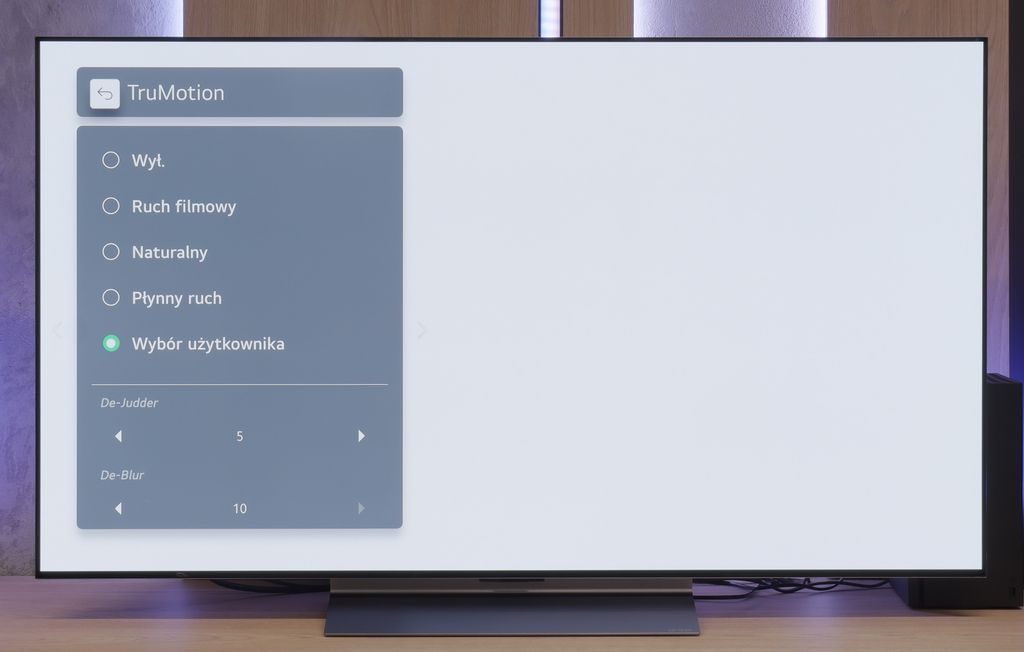
The LG C5 is equipped with a 144 Hz panel, and this, combined with the practically zero response time of the OLED pixels, makes it one of the best screens for watching dynamic content. It doesn't matter whether it's sports, fast-paced games, or just action – the image is as sharp as a razor.
And what about movies in 24 frames? LG thought of that too. The built-in "TruMotion" smoother allows you to adjust the image to your own preferences. The "de-judder" slider increases the smoothness in movies, while "de-blur" gently reduces blurring – although to be fair, it is almost imperceptible here anyway.
Blur (native resolution, maximum refresh rate):



Smearing? What smearing? This is OLED! There is no talk of any trailing shadows or blurred edges here. Our test alien moved across the screen so cleanly that you just wanted to watch it over and over. C5 is simply a brilliant choice for anything fast and dynamic.
LG C5 - Console compatibility and gaming features
10/10
ALLM: Yes
VRR: Yes
VRR range: 40 - 144Hz
Dolby Vision Game Mode: Yes
Correct implementation of HGIG: Yes
1080p@120Hz: Yes
1440p@120Hz: Yes
4K@120Hz: Yes
Game bar: Yes
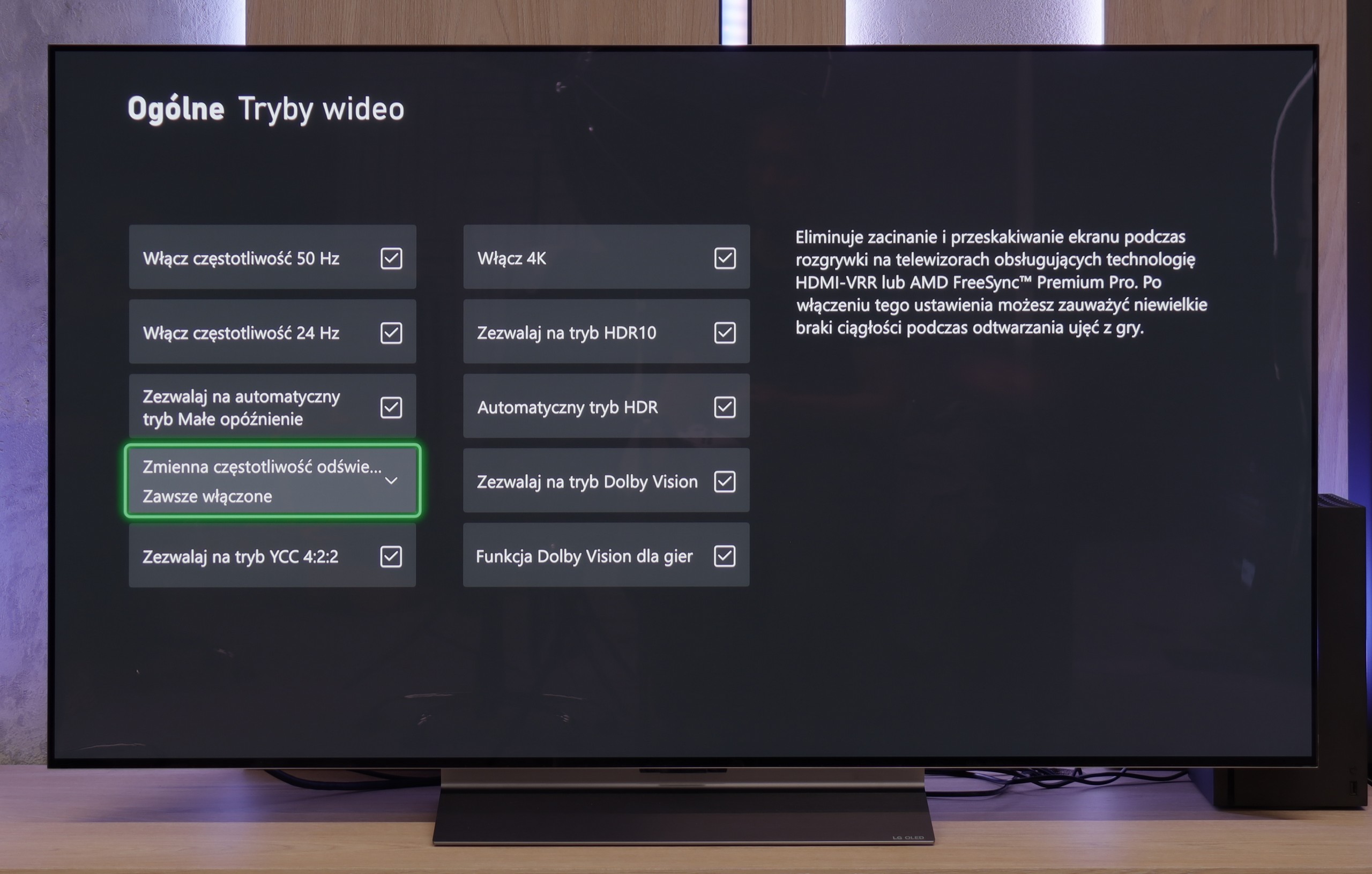
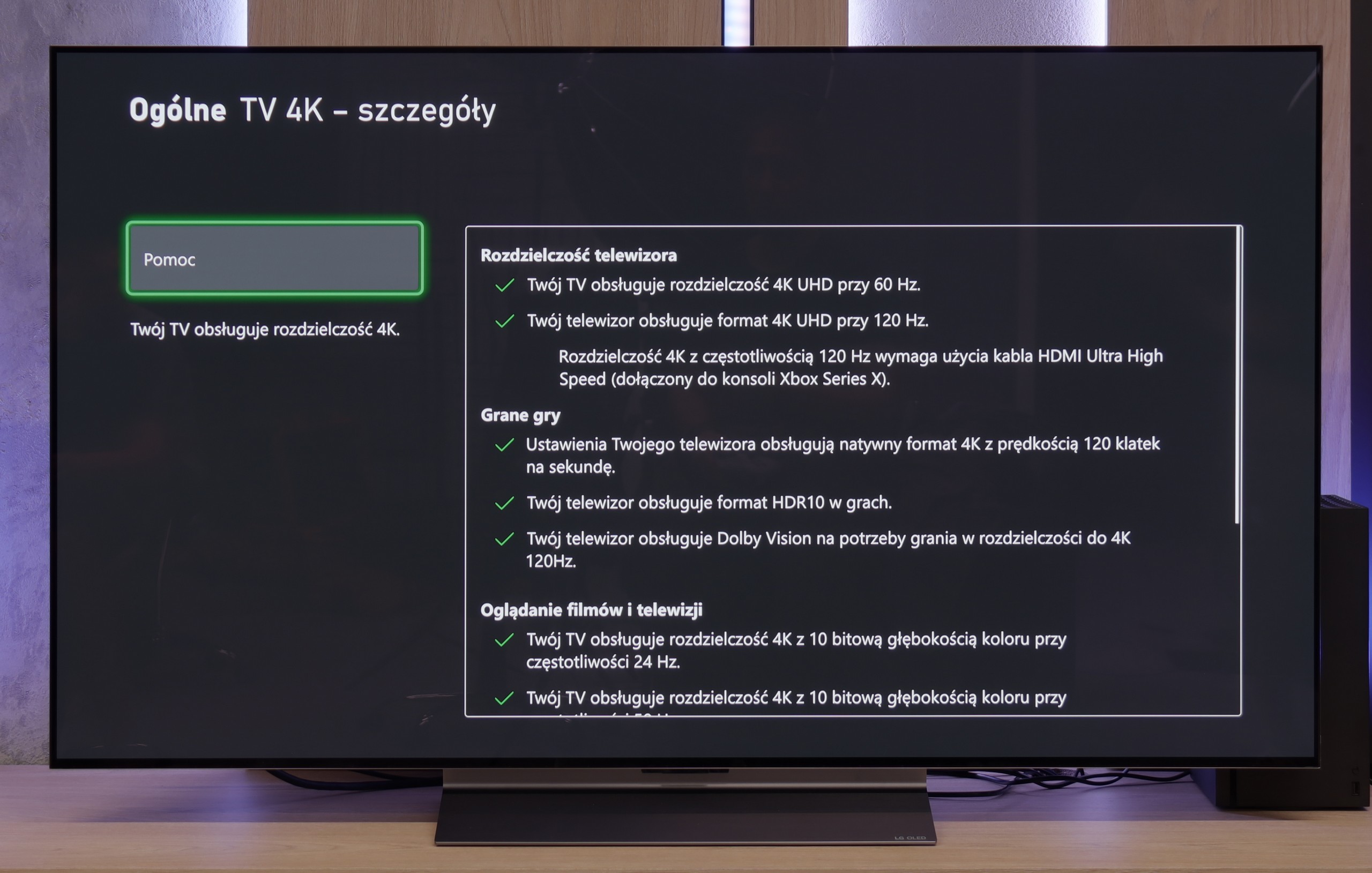
LG C5 is a television designed with gamers in mind – and there’s not a hint of exaggeration in that. It's hard to find anything to criticize here. We have 144 Hz refresh rate, full support for VRR, ALLM, and up to four HDMI 2.1 ports with full bandwidth of 48 Gb/s. For those who have an Xbox, PS5, Nintendo, and a gaming PC all in one room – there are no limits, everything can be connected without any hassle.
The HDR configuration for gaming is also problem-free. The television properly supports the HGiG mode, which allows for an image consistent with the creators' intentions. For those interested, there’s also Dolby Vision in Gaming mode, though we still recommend HGiG as the most predictable and “pure” version of HDR for games.
The Game Bar is also included, which serves as the “command center” for the gamer. Everything that’s most important, from VRR settings, to picture modes, to frame rate information – is at our fingertips. The interface is simple and readable. It may look like something out of a space simulator, but it serves its purpose and just works; exactly as it should.
C5 is truly a complete package for every gamer.
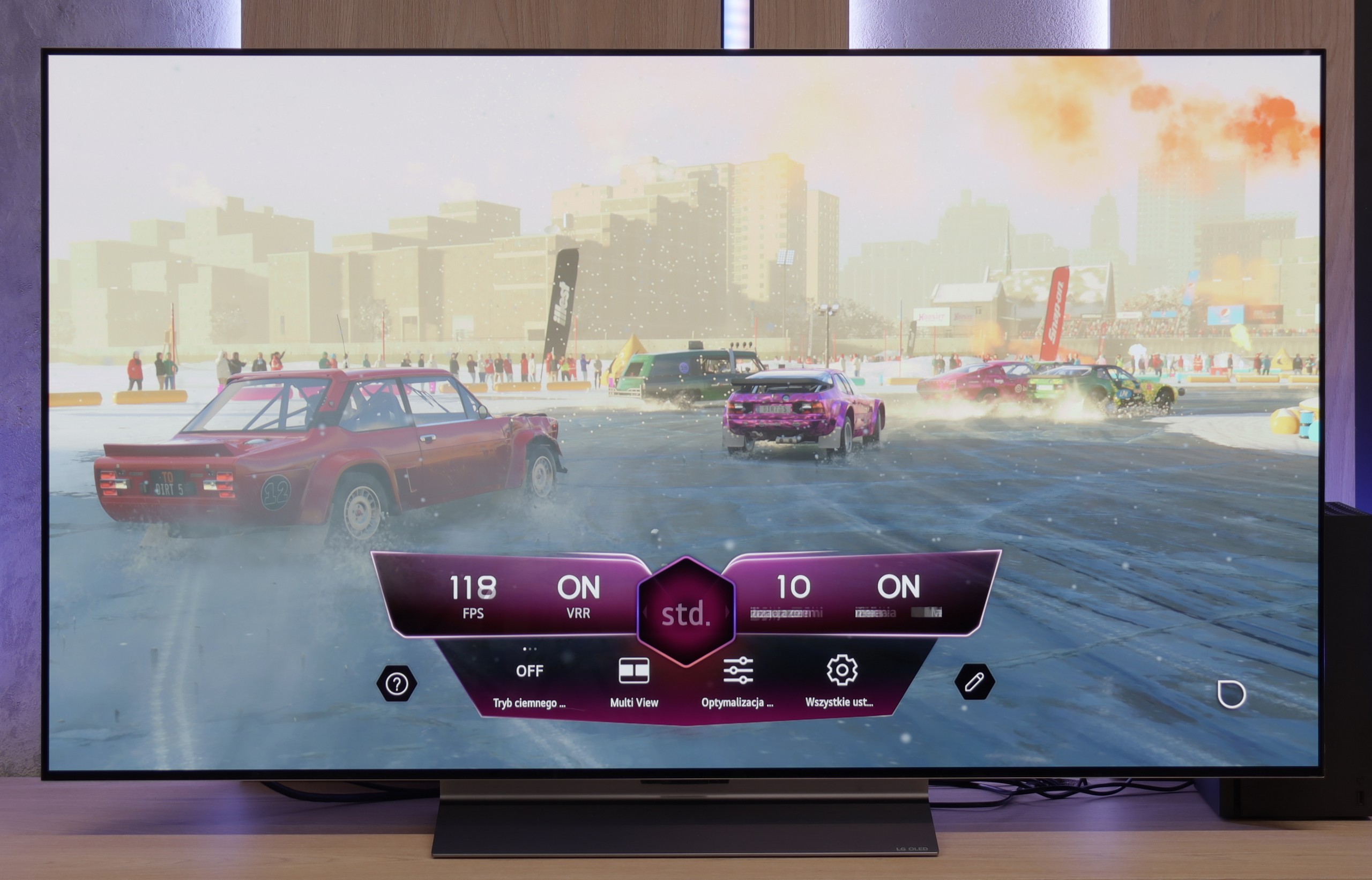
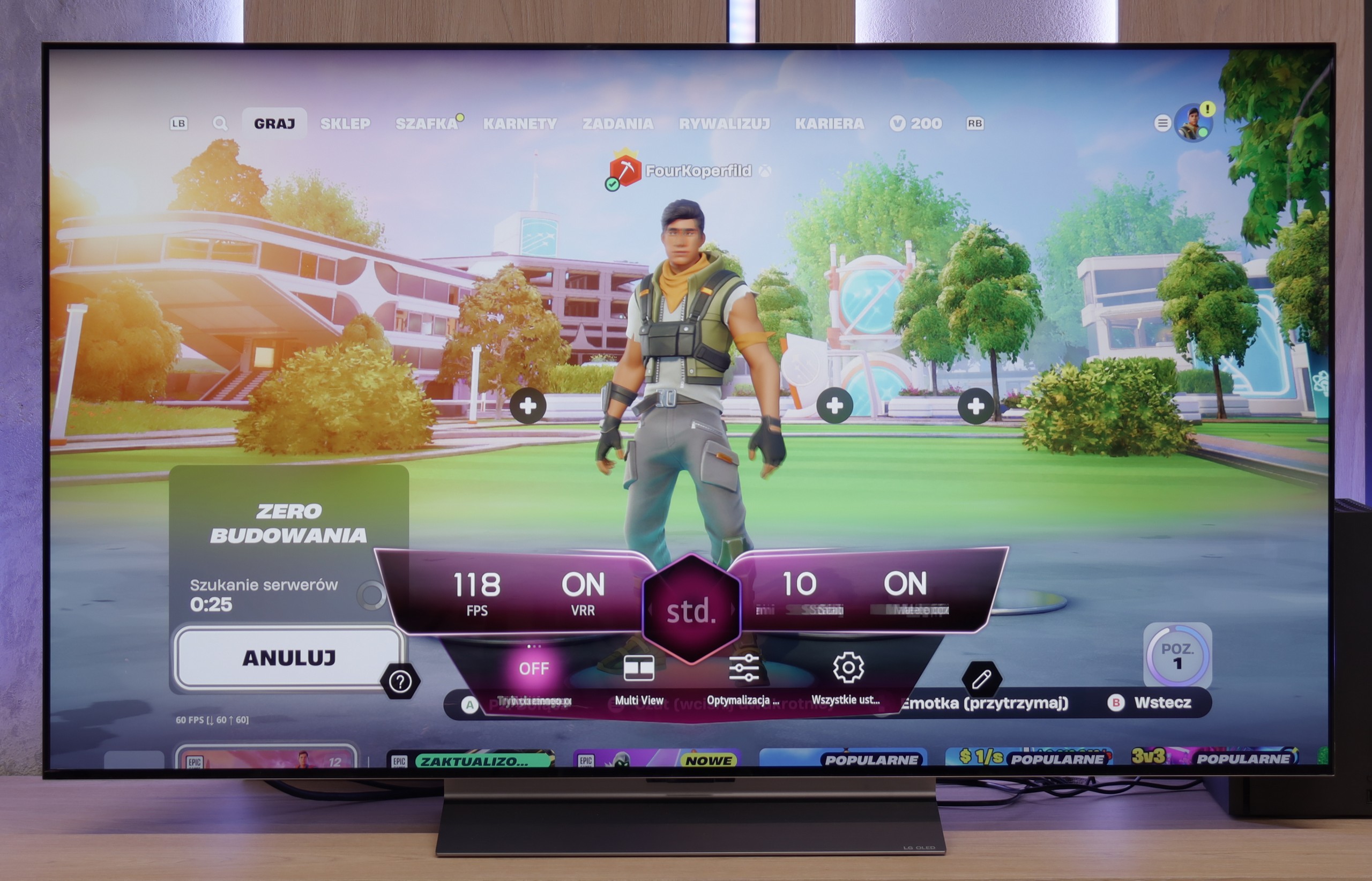

LG C5 - Input lag
10/10
The reaction time of the LG C5 to our movements with the controller is exemplary. Regardless of the selected resolution or frame rate, the delay is so low that it's practically imperceptible. Playing on this television is simply a pure pleasure. Some delay is introduced by the Dolby Vision mode, which shouldn't be a surprise – this applies to virtually every television on the market equipped with this mode. Nevertheless, even with Dolby Vision active, the input lag remains low enough that gameplay is still smooth and responsive.
| SDR | HDR | Dolby Vision |
|---|---|---|
| 1080p60: 11 ms | 2160p60: 11 ms | 2160p60 DV: 12 ms |
| 1080p120: 5 ms | 2160p120: 5 ms | 2160p120 DV: 6 ms |
| 2160p60: 11 ms | ||
| 2160p120: 5 ms |

LG C5 - Compatibility with PC
8.6/10
Chroma 444 (maximum resolution and refresh rate): Yes
Font clarity: Good
Readability of dark text and shapes: Very Good
Input lag in PC mode (4K, maximum refresh rate): 14ms
Matrix subpixel arrangement: RWBG
Max refresh rate: 144Hz
G-Sync: Yes
C5 – as we wrote – is a television created for gamers, so playing even on a computer is truly enjoyable. The 144 Hz panel, low input lag, and original G-Sync certification confirm this.
When it comes to work – it's also very good. The fonts are readable, the interface clear, but it's important to remember that we are dealing with a WOLED panel and a WRGB subpixel layout. (slightly visible shadows behind the font). Therefore, if someone plans to place the C5 on a desk in smaller sizes like 42 or 48 inches for everyday office work, it's worth checking it out with their own eyes beforehand. For occasional desktop use and, above all, for gaming – there is no cause for concern.
LG C5 - Viewing angles
7.4/10
Brightness drop at an angle of 45 degrees: 31%
The viewing angles on the LG C5 are nearly perfect. Although they fall slightly short compared to technologies like QD-OLED or WOLED with micro lens MLA, the picture quality at high angles still makes a great impression. Colors remain vibrant, and the screen doesn't lose much of its brightness even when set at a more demanding angle.
Addressing the questions that circulated last year regarding the C4 model – in the case of the C5, we did not notice any green tinting, pinkness, or other effects that can be read about online. The picture at an angle looked really clean.
LG C5 - Daytime performance
6.2/10
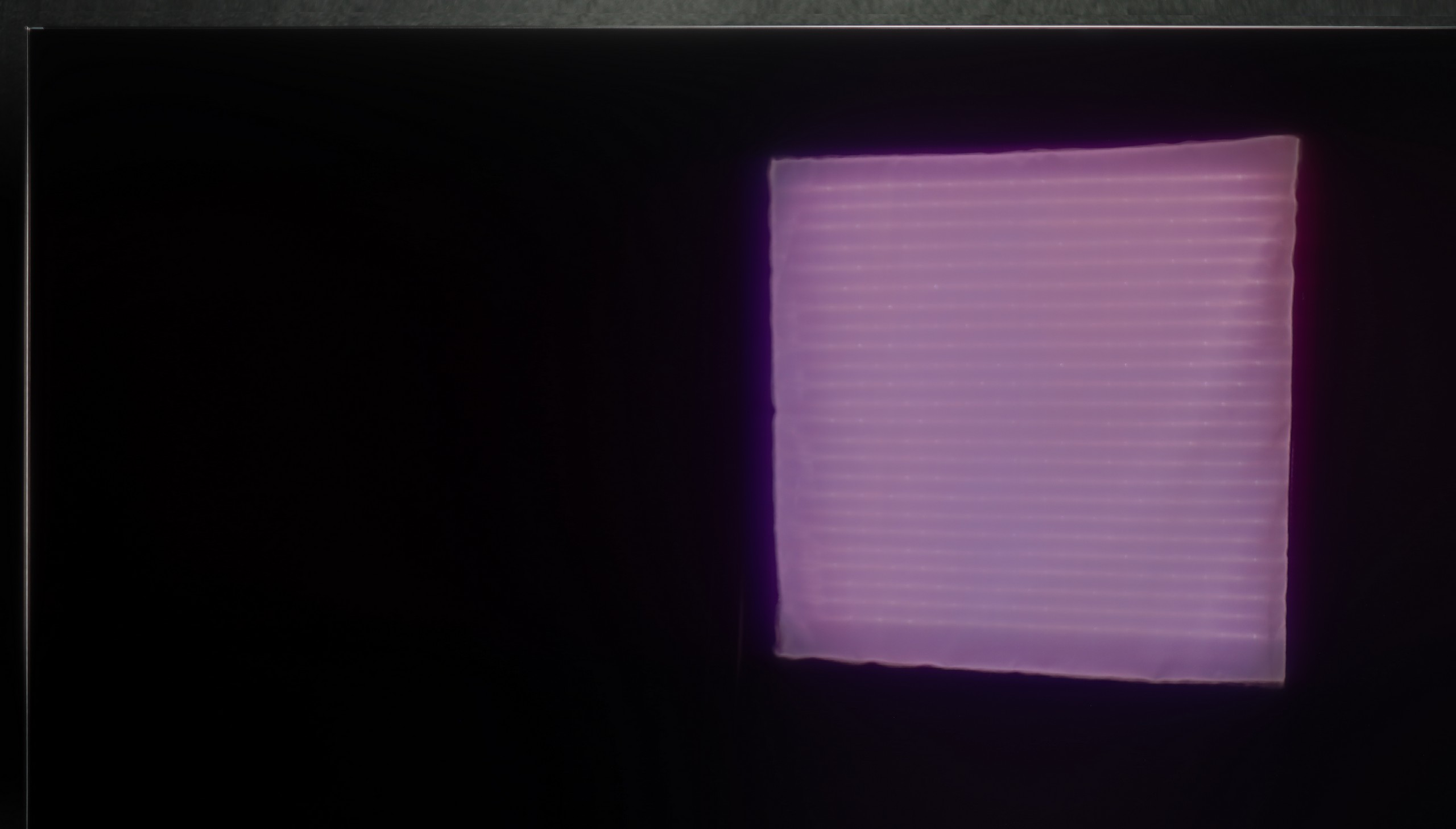

Panel finish: Glare
Reflection suppression: Decent
Black levels during daytime: Very Good
LG C5 is one of the brighter OLED TVs on the market, so it should perform well in moderately bright rooms without major issues. The average brightness in SDR mode is around 450 nits – this is a sufficient value for the picture to remain readable even during the day. Importantly, the blacks do not lose depth and do not turn "gray," which can still be a concern with QD-OLED panels.
A bigger challenge, however, may be reflections. The WOLED panel used in the LG C5 has a glossy finish typical of this technology, which only partially diffuses reflections. In a well-lit living room with large windows, you can see your reflection on the screen – slightly muted, but still visible. In a very sunny room, it may turn out that curtains or shades will be necessary to fully enjoy the great picture quality.
Panel brightness
Average luminance SDR
LG OLED C5: 435 cd/m2
LG C5 - TV features
7.9/10
System: WebOS
System performance: Good
- HDMI inputs: 0 x HDMI 2.0, 4 x HDMI 2.1 48Gbps
- Other inputs: IR (remote)
- Outputs: Toslink (Optical audio), eARC (HDMI), ARC (HDMI)
- Network Interfaces: Wi-Fi 2.4GHz, Wi-Fi 5GHz, Ethernet (LAN) 100Mbps
- TV reception: DVB-T, DVB-T2, DVB-S, DVB-S2, DVB-C
Classic features:
Recording to USB (terrestrial TV): Yes
Recording programming: Yes
Picture in Picture (PiP): No
RF remote control (no need to aim at the screen): RF
Backlit remote control: No
Teletext: Yes
Audio only mode: Yes
Bluetooth headphones support: Yes
Simultaneous Bluetooth headphones & TV audio: Yes
Smart features:
AirPlay: Yes
Screen mirroring (Windows Miracast): Yes
Voice search: Yes
Voice search in native language: Yes
Ability to connect a keyboard and mouse: Yes








Classic TV Features:
In terms of classic television features, the LG C5 performs really well. Here we have the option to record programs to USB from built-in DVB-T(2) tuners, support for teletext, an EPG program list, as well as seamless pairing of headphones via Bluetooth. For many users, these are still very important elements of daily TV usage – and here LG does not lack anything except for the PIP function. It's worth noting the topic of the remote control, or rather... different versions of the remote. In our test, we used the C54 model, which came equipped with a new version of the Magic remote. It somewhat resembles Samsung's minimalist approach – lacking a numeric keypad or a "source" button, but it looks modern and is convenient for everyday use. On the other hand, other variants like the C5ELB may be sold with an older version of the remote – a more classic one, with a greater number of buttons and a numeric keypad. Some may consider it more practical, while others see it as outdated. In short: quite a bit of confusion, so it's worth checking the model suffix before purchasing.
Smart TV:
Regardless of the version of the remote, we operate the same system – WebOS. This is one of the most pleasant solutions in the world of Smart TV. The intuitive menu, fast performance, and support for popular features like AirPlay, screen mirroring, or voice assistant make the system very effective for daily use. Additionally, controlling the cursor using the gyroscope in the Magic remote remains one of the most convenient forms of navigation in televisions. There are really a lot of applications available – Netflix, Disney+, HBO Max, Apple TV, and many others. However, one must remember that this is not a system based on Android/Google TV, so it might happen that we simply won't find some less popular applications in the LG store.
Sound connection options
HDMI audio:
Other audio outputs:
Toslink: Yes
Wireless audio:
Bluetooth: Yes
Supported audio formats (external HDMI eARC audio):
Dolby Digital Plus 7.1: Yes
Dolby True HD 7.1: No
Dolby Atmos in Dolby Digital Plus (JOC): Yes
Dolby Atmos in Dolby True HD: No
DTS:X in DTS-HD MA: No
DTS-HD Master Audio: No
Senior accessibility
Numeric keyboard on TV: No
Font size adjustment: No
Audio description: Yes
LG C5 - Apps
9.1/10























LG C5 - Playing files from USB
8.8/10

| Maximum photo resolution: | Supported photo formats: |
|---|---|
The LG C5 is equipped with a quite decent built-in media player that should meet the expectations of most users. It supports popular video and audio formats, handles SRT subtitle files, and opens most graphic files without major issues.
The interface itself is quite simple and intuitive – it doesn't surprise, but it also doesn't cause difficulties in everyday use. Of course, it's not on the level of external players or apps from Google TV, but for basic playback of movies from a flash drive or disk, it is more than sufficient.
LG C5 - Sound
7.2/10
84dB
Maximum volume
Supported codecs
(TV speakers)
Dolby Digital Plus 7.1
Dolby True HD 7.1
Dolby Atmos in Dolby Digital Plus (JOC)
Dolby Atmos in Dolby True HD
DTS:X in DTS-HD MA
DTS-HD Master Audio
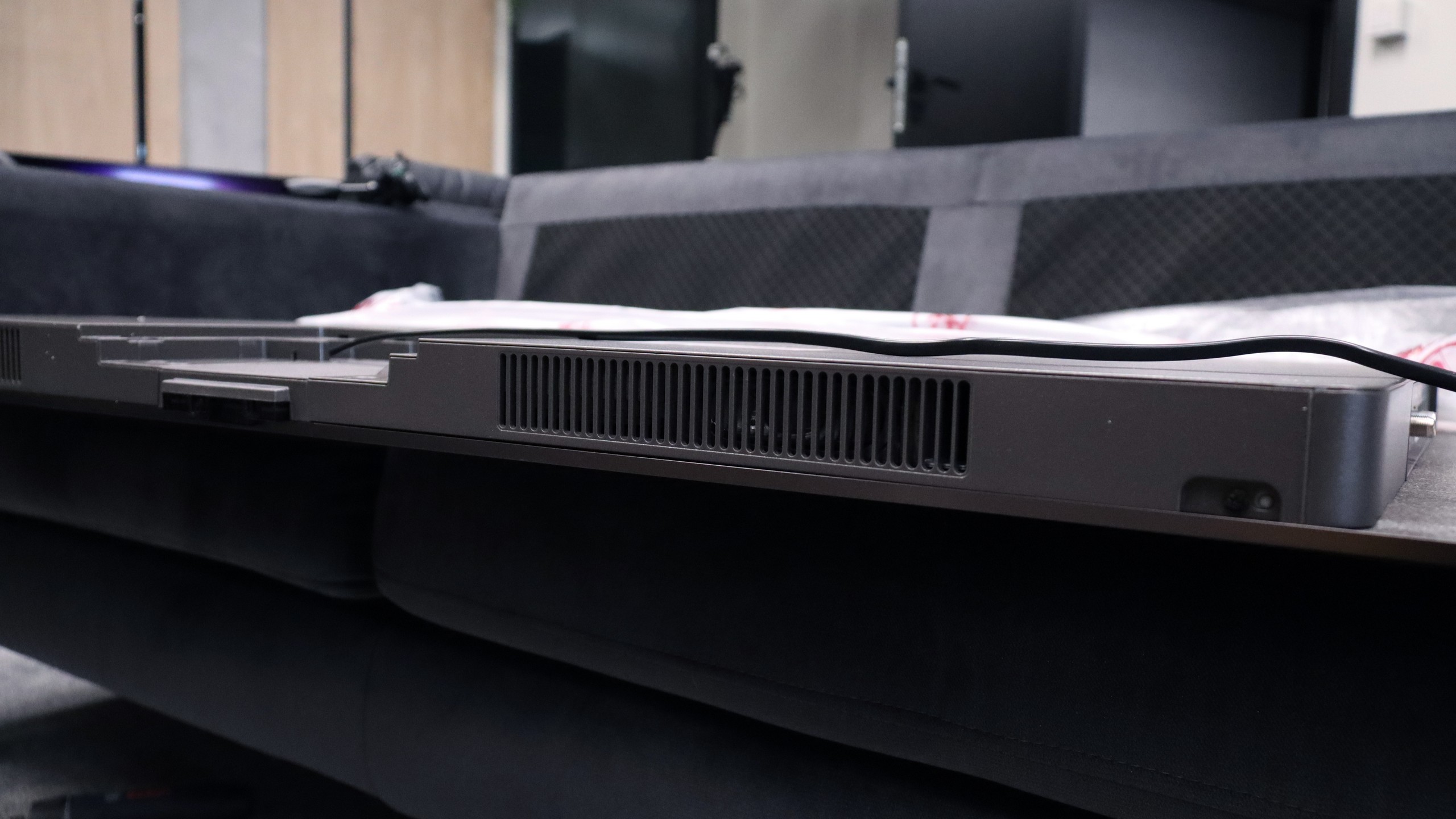
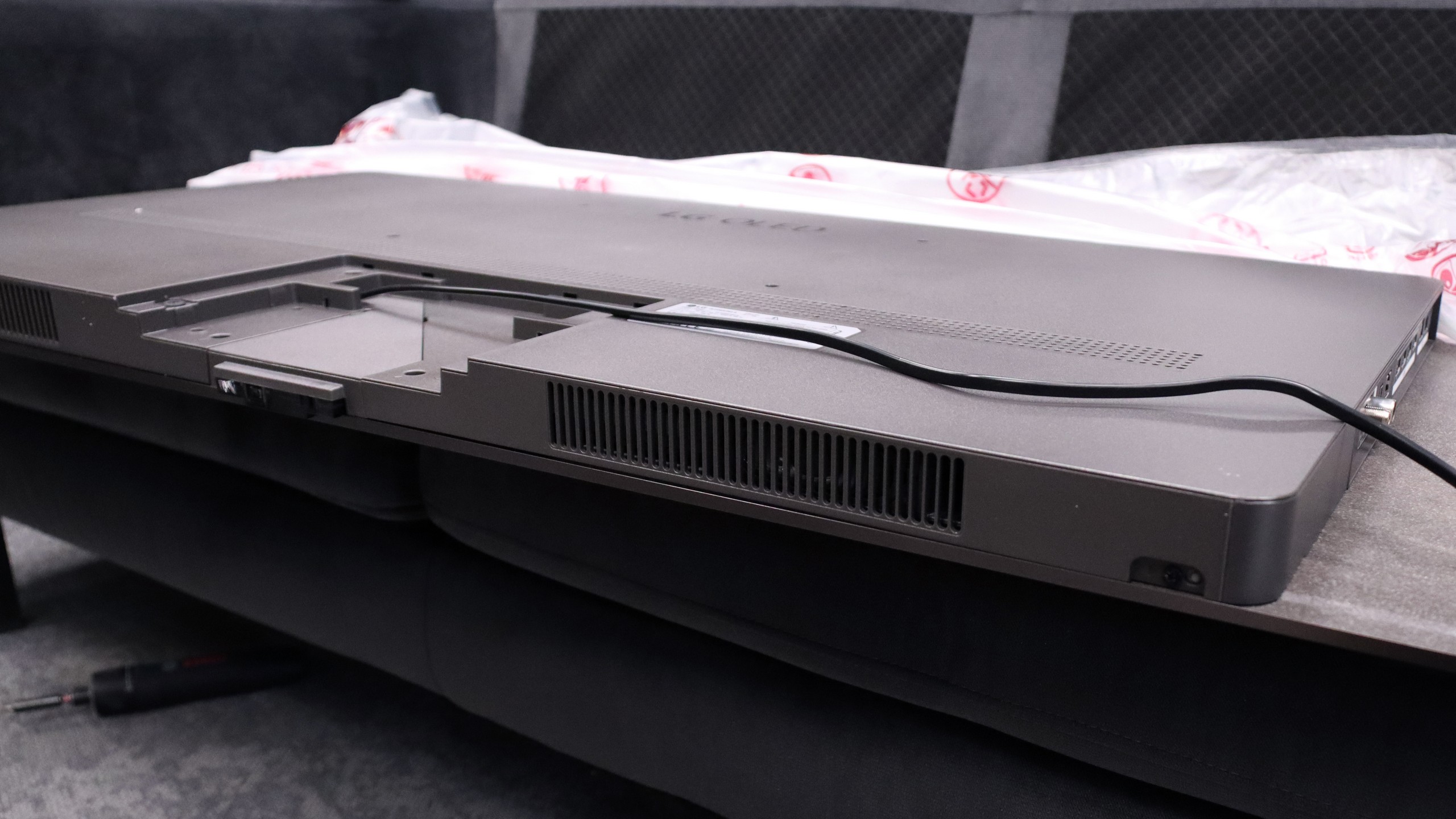


For such a slim television, the LG C5 surprisingly delivers quite good sound quality. It has managed to fit a set of specific speakers into a thin housing, which produce clear sound with well-heard details and – surprisingly – a light but noticeable bass. For everyday viewing, it's more than sufficient, and in many cases, it can even be positively surprising. It's just a shame that this year, LG decided to completely abandon support for DTS codecs. For most people, this won't be an issue, but if someone uses Blu-ray discs and enjoys this format – especially in its more advanced versions – they may notice its absence. In such cases, the solution is an external amplifier or a soundbar with appropriate audio support.
Sound Quality Test:
Acoustic Measurements
84dBC (Max)
75dBC
LG C5 - Panel details
Subpixel Structure:
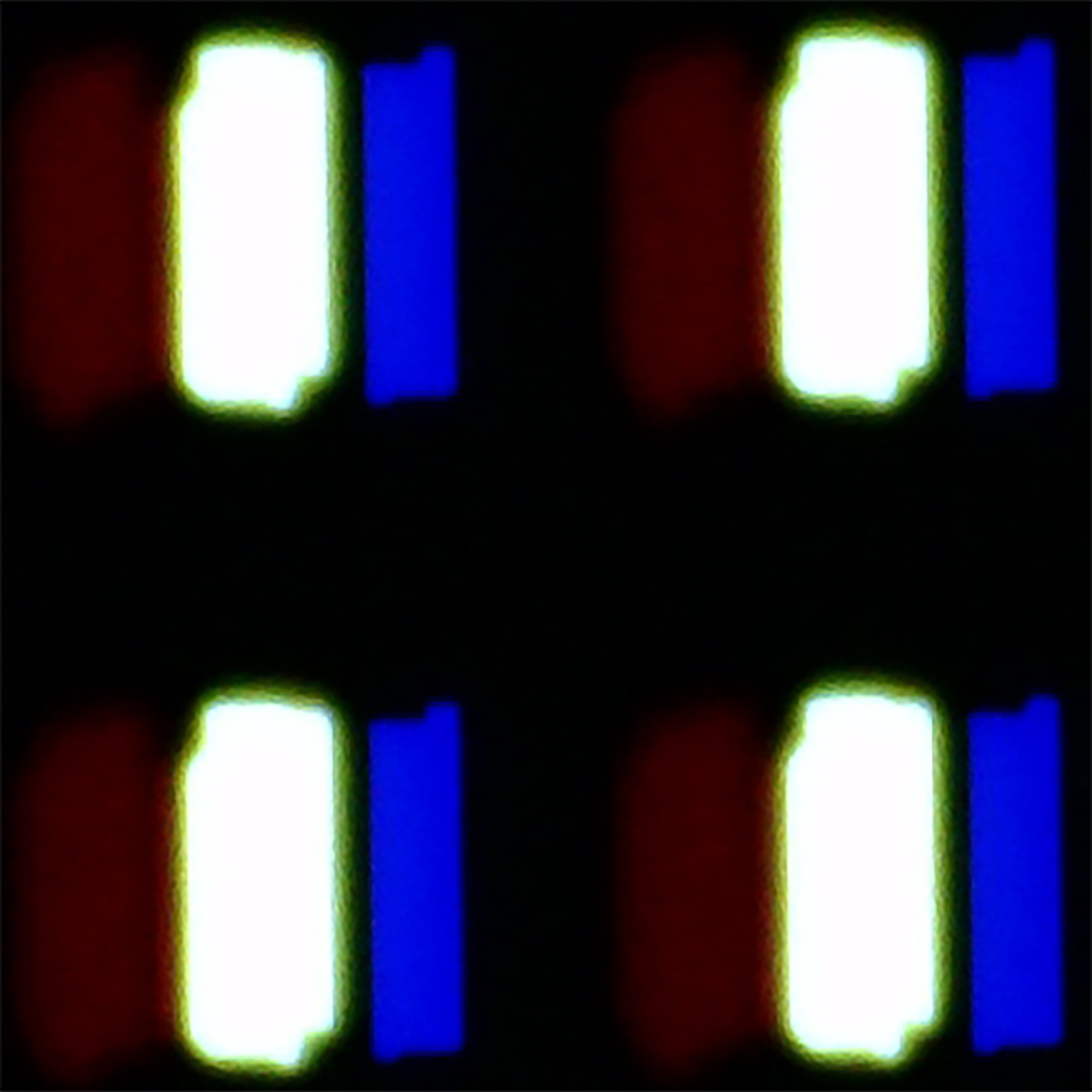
Panel uniformity and thermal imaging:

Founder and originator of the "ChooseTV" portal

Journalist, reviewer, and columnist for the "ChooseTV" portal
See articles related to LG OLED C5:
1/16/2025
6/20/2025
2/28/2025











